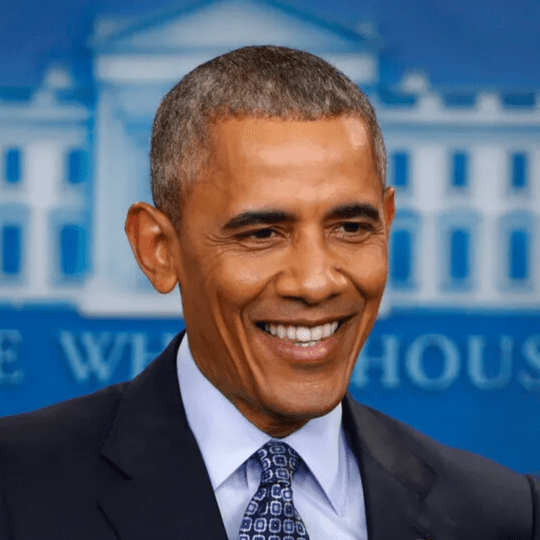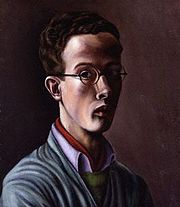Design
Design
Personality
Chart Properties
Your Cross represents the specific theme of your life. This cross embodies your unique potential & the lessons you're here to learn, providing a roadmap to fulfilling your life purpose.
We use the UTC birth time and date to do the calculations required to generate your Human Design chart.
Buy Tokens
Pay as you use, no expiry and no subscription required.Prompt Ideas
Get inspired with some epic prompt ideas.Bob Dylan's Biography
American musician, songwriter and poet, called the Robert Burns of the pop revolution, and the most influential figure in the history of rock outside of Elvis Presley with over 36 albums and 300 songs. Dylan’s iconoclastic work earned him the unofficial title of The Voice of the ’60s, through “Blowin’ in the Wind,” “A Hard Rain Gonna Fall,” “It Ain’t Me Babe,” “Mr. Tambourine Man,” “Don’t think Twice, it’s All Right,” and other now-classics. Everything he did after this period in the early ’60s was compared to those works.
Gravel-voiced and long-haired, he hit New York City in 1961, and after rave reviews on the New York coffee house circuit, signed a three-year contract with Witmark & Sons to publish his songs. He was 20 when his first album was released in March of 1962. His commercial breakthrough came in the summer of 1963 when the Peter Paul and Mary trio recorded “Blowin’ in the Wind.” The trio’s high profile and the song’s commercial success pushed Dylan’s second album, “The Freewheelin’ Bob Dylan” into the top 25 on the charts.
Described as shy and defensive, hyped up, careless of his health, a bit scared by fame, immaterialist, but shrewd about money, a professional absorbed by his craft, he nonetheless remained an elusive figure. World famous by the time he was 21, he had not only celebrity but intellectual fame. With unrestrained energy, he moved from one genre to another; folk, blues, country, spirituals, but he soon discovered that you can be famous for only one thing at a time. He gained notoriety chiefly for his civil-rights and anti-war material, and that’s what people wanted to hear from him.
During the early ’60s, Dylan produced 237 songs in three years. His music reflects his anger, humor, and occasionally, hope. A recurring theme is the dangers and foibles of navigating without a moral compass, the determination of the Civil Rights Movement, and the fear of a child growing up in the shadow of the atomic bomb.
Dylan grew up in the remote mining town of Hibbing, Minnesota, population 20,000, two hours from the Canadian border. He tends to be imaginative about his background, portraying a “drop-out” picture of himself as an itinerant who began running away from home when he was seven. He implied that he had an unhappy childhood, but loving parents, and was treated as an outcast growing up, with nobody really understanding him. In fact, he was very good in English and an all-around B student at Hibbing High where teachers remember him as being attentive and inquisitive, quiet, shy and bashful but with a strong belief in his own ideas. He was booed and hooted while performing in school talent shows.
An amazingly resilient performer, Dylan was criticized when he moved into unexpected directions from his ’60s roots. Despite an unflattering image, he rebounded with imagination and heart. He is considered unpredictable and moody, though also charming and profound. Creating some of the cover paintings on his albums, in 1995, Dylan published a book of drawings called “Drawn Blank.” For many of his original followers, Dylan disappeared in the ’70s and ’80s, except for brief comebacks. When he started recording folk and blues covers in the ’90s, he was restored to favor.
In 1977, he divorced his wife of 11 years and they entered a bitter custody battle over their five kids, one of whom, Jakob, is also a singer-musician. Ruth Tyrangiel, 47, filed a palimony suit on November 2, 1994 in Los Angeles against Dylan, her companion for 20 years. Tyrangiel claims that she co-wrote some of his songs and helped manage his career until 1993 when the relationship dissolved. She asked for a monthly stipend, half of Dylan’s assets and $5 million in damages. Dylan claimed no agreement was made and contested the suit. Gospel-rock vocalist Carol Dennis, a former backup singer for Bob Dylan, confirmed that she was secretly married to the rock icon from 1986 to 1992 and had a daughter with him, named Desiree Gabrielle Dennis-Dylan, 15 in 2001.
In 1991, Dylan was awarded a Grammy for Lifetime Achievement. Despite a 1997 brush with death in the guise of a heart infection, Dylan released his album “Time Out of Mind” that same year. He considered the Grammy-winning album to bring new life to his career after a downward musical spiral. In a “first” for his 40-year career, the legendary musician appeared throughout April 2004 in a series of TV ads for Victoria’s Secret lingerie. In late 2004, in yet another “first,” Dylan announced the October 5th release of his memoir, entitled “Chronicles,” claiming, “‘Chronicles’ just means–I’m not sure what it means but it would seem to be some kind of thing where you can make right use of the past.”
His release “Someday Baby” won a 2007 Grammy in the category of Best Solo Rock Vocal Performance and his “Modern Times” took the award in the Best Contemporary Folk/Americana Album.
On April 7, 2008, Dylan became the first rock musician to win a Pulitzer. He received a special citation in New York City on April 7, 2008 “for his profound impact on popular music and American culture.”
In 2016 Dylan received the Nobel Prize in Literature, “for having created new poetic expressions within the great American song tradition”.
Link to Wikipedia biography
Link to Astrodienst forum archive
Bob Dylan
Your Cross represents the specific theme of your life. This cross embodies your unique potential & the lessons you're here to learn, providing a roadmap to fulfilling your life purpose.
We use the UTC birth time and date to do the calculations required to generate your Human Design chart.






